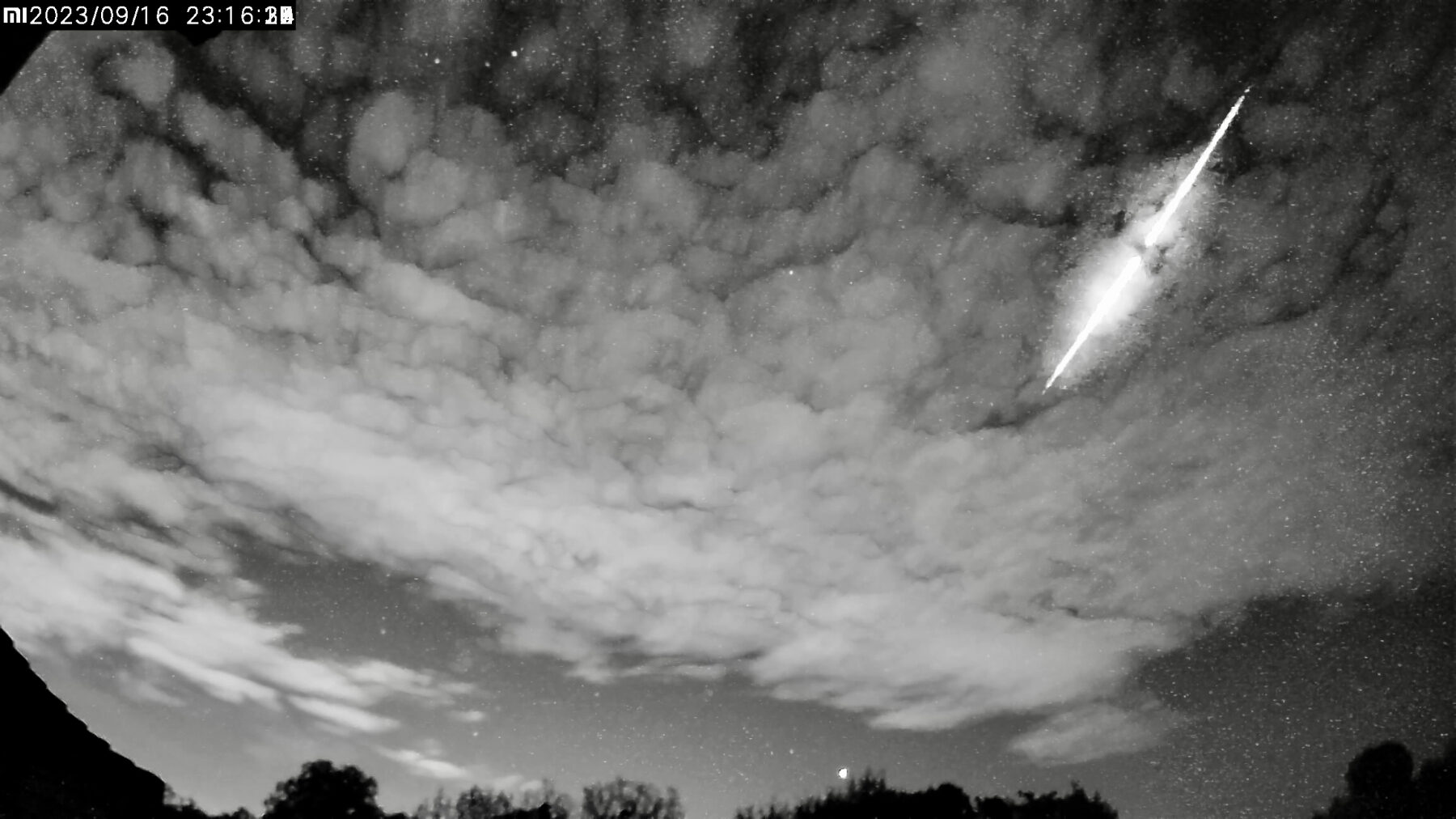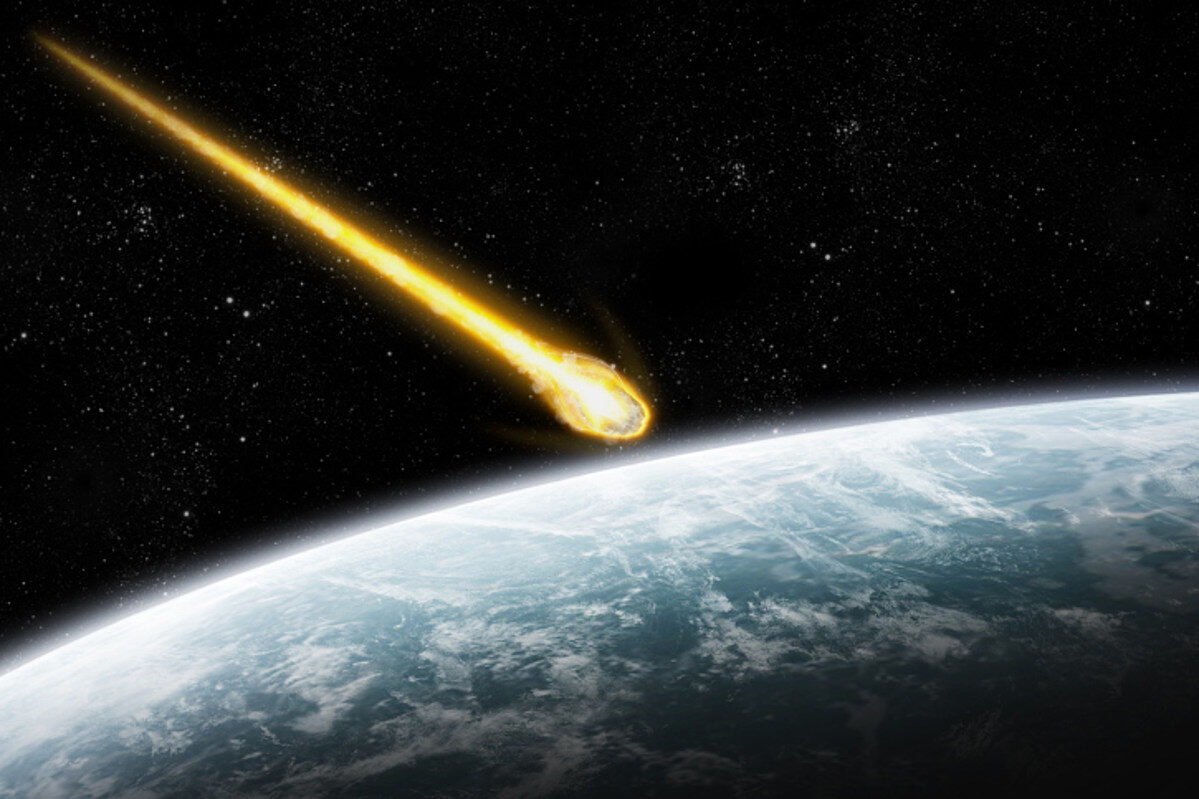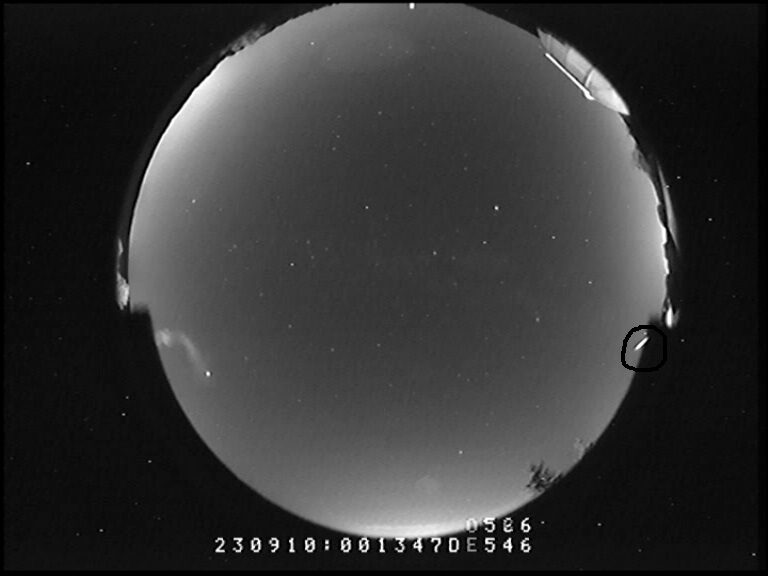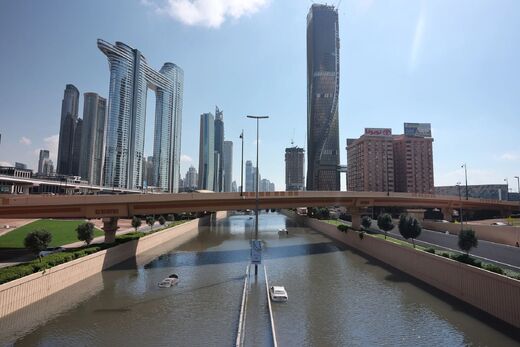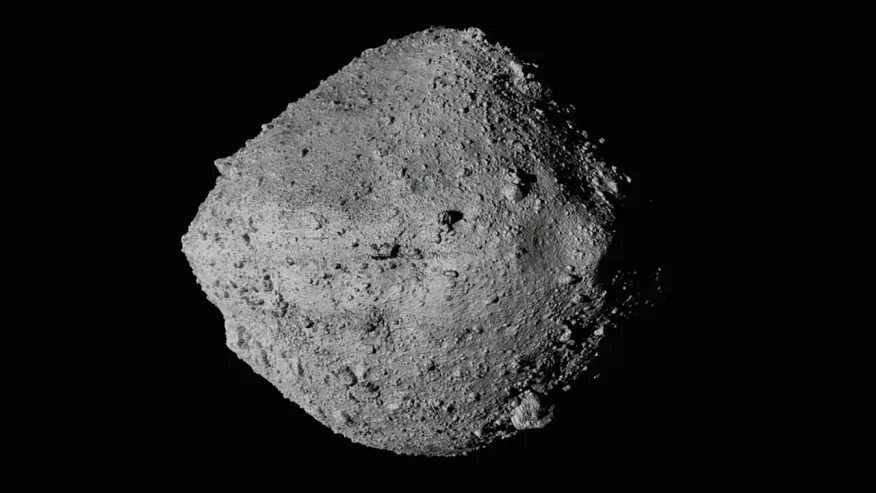
Bennu is a Near-Earth Object (NEO) that passes by the planet roughly every six years, and experts have been watching it since it was discovered in September 1999.
According to scientists, Bennu has a chance to pass through what they call a "gravity keyhole," which would send it on a collision course with Earth in the year 2182.
A new paper from the OSIRIS-REx science team predicts Bennu has a 0.037% chance (1 in 2,700) of hitting Earth; this will largely depend on another flyby. In 2135, Bennu will zoom past Earth just close enough that our planet's gravitational pull could affect it in just the right way to put it on a path to hit us on Sept. 24, 2182 — almost 159 years to the day from this writing.


